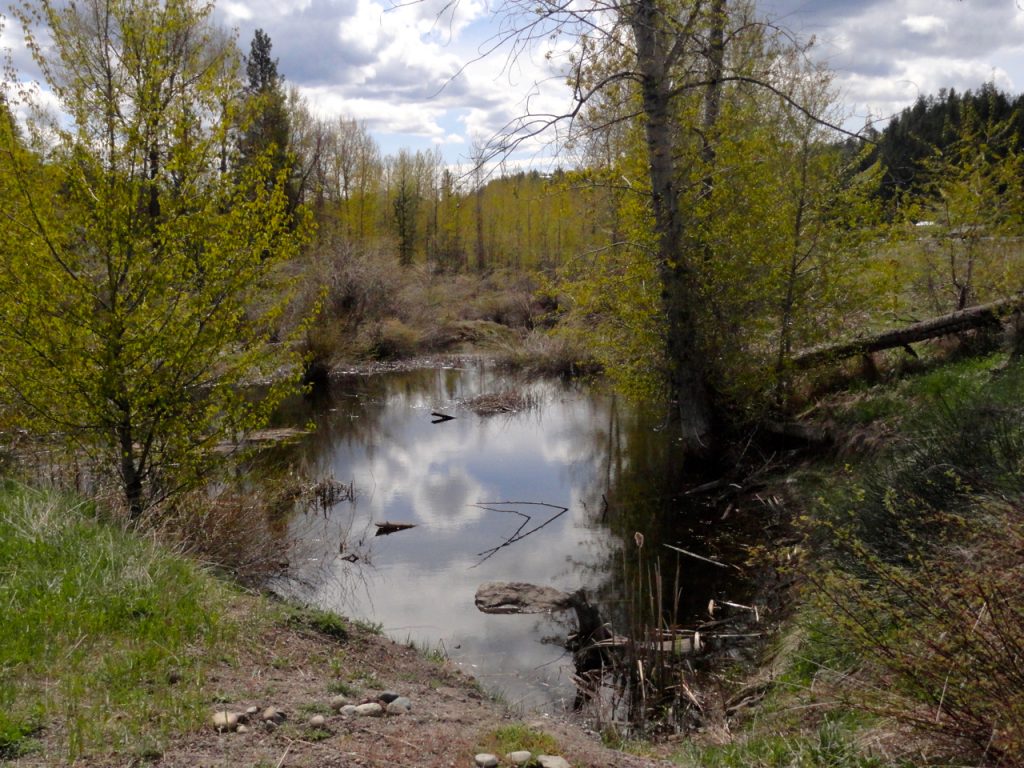Cormack Marsh

In March of 2013, the Regional District and the Town of Princeton hosted an open house for the public to give local people a chance to comment on a strategy called Keeping Nature in our Future. A few of us attended the meeting and we were asked if we knew of areas in our community that we felt should be protected for their high biodiversity value. We immediately thought of Swan Lake which is Princeton’s jewel for bird watching and nature viewing; it is protected and maintained by our local naturalist group. Some members of the Vermilion Forks Field Naturalists had also been watching another area close by their home and it was right in town, a wetland along the Similkameen River. They had recorded over 70 species of birds in the marsh as well as reptiles, amphibians and other animals.
Besides providing homes and food for many birds and animals, the functional contribution of wetlands in helping to minimize or remediate environmental problems is substantial. They absorb and filter sediments, pollutants, and excess nutrients. They also recharge groundwater, maintain stream flows, control runoff, store flood waters, reduce erosion, and help regulate atmospheric gases and climate cycles. Wetlands absorb water quickly and release it slowly with an improvement in quality.

The site, located near industrial activities for over a hundred years, had continued to survive and was slowly reclaiming itself. We decided to help it out and started researching ways in which we could protect and enhance it.
The site was public land owned by the crown. Since it falls within the Riparian zone of the Similkameen River it is protected by provincial law and therefore any filling or altering of the wetland would require a permit. The first action was to remove the garbage. On Earth Day 2013 a truck load of household and industrial garbage was removed from the site.
The public was then informed about this valuable wetland to help deter people from using it as a garbage dump. A local paper did a story on the marsh. The marsh was also identified as a nature park on the Princeton map. Princeton Official Community Plan re-zoned the property next to the wetlands as residential, thereby saving it from future industrial contamination.
The wetlands were named in honour of the late Bob and Margaret Cormack who were wonderful assets to the community. Mr. Cormack was an educator, Rotarian, and an artist.
For the past two years on Earth Day, VFFN, Princeton Sierra Unit Crew, Arts Council and other volunteer groups have joined forces with local school children to help restore this beautiful wetland and keep nature in our town and in our future for many more generations to enjoy!




